CinemaDNG and Blackmagic were best friends. Nevertheless, the codec has been removed on the last update (Blackmagic Camera 6.2) and was replaced by Blackmagic RAW (BRAW). Why? Read below.

The history of Cinema DNG
DNG for photography, CinemaDNG for videography
DNG (Digital Negative) has been developed by Adobe to standardize the way that digital RAW data can be stored and used by photographers. The fact that there were hundreds of RAW type files made it extremely hard for developers to adapt software utilizing RAW files and thus the DNG came to the rescue. Photographers could take the DNGs, make changes and then implemented those changes into the DNGs.
The fact that there were hundreds of RAW type files made it extremely hard for developers to adapt software utilizing RAW files and thus the DNG came to the rescue.
Adobe’s project
CinemaDNG was made for motion. The files contain the original sensor data, metadata, and user-created metadata.
The CinemaDNGs are openly documented so developers can utilize the code for NLE implementations.
CinemaDNG was the result of an Adobe-led initiative to define an industry-wide open file format for digital cinema files. The structure is made of sets of movie clips, each contains a sequence of raw images, accompanied by audio and metadata. The CinemaDNGs are openly documented so developers can utilize the code for NLE implementations.
NAB 2008 as a stepping stone
The CinemaDNG Initiative has generated momentum since the unveiling at the NAB 2008 Show. Three years after its introduction, the CinemaDNG Initiative includes participants from more than 60 digital cinema camera and software manufacturers worldwide. According to Adobe, the CinemaDNG is free from intellectual property encumbrances or license requirements and is dedicated for unrestricted use.
CinemaDNG legal characterizations are:
- No patents
- No intellectual property rights encumbrances
- No license fees
- No non-disclosure agreements
- Free source code – check slide no. 8 in the CinemaDNG NAB 2011 Presentation
CinemaDNG is free from intellectual property encumbrances or license requirements and is dedicated for unrestricted use.
2011: Blackmagic Design starts to utilize CinemaDNG
On 2011 DaVinci Resolve starts to decode CinemaDNG files. Thanks to a GPU debayer that was developed by Blackmagic Design, the Cinema DNG images were able to be previewed, played and graded in real time on a MacPro or Linux single GPU system.
Blackmagic Design was one of the first to embrace Adobe’s CinemaDNG together with a broad range of industry-leading companies like Aaton, Avid, Vision Research, Cineraw, Apertus, and many others.
2018: Blackmagic RAW – much more efficient RAW
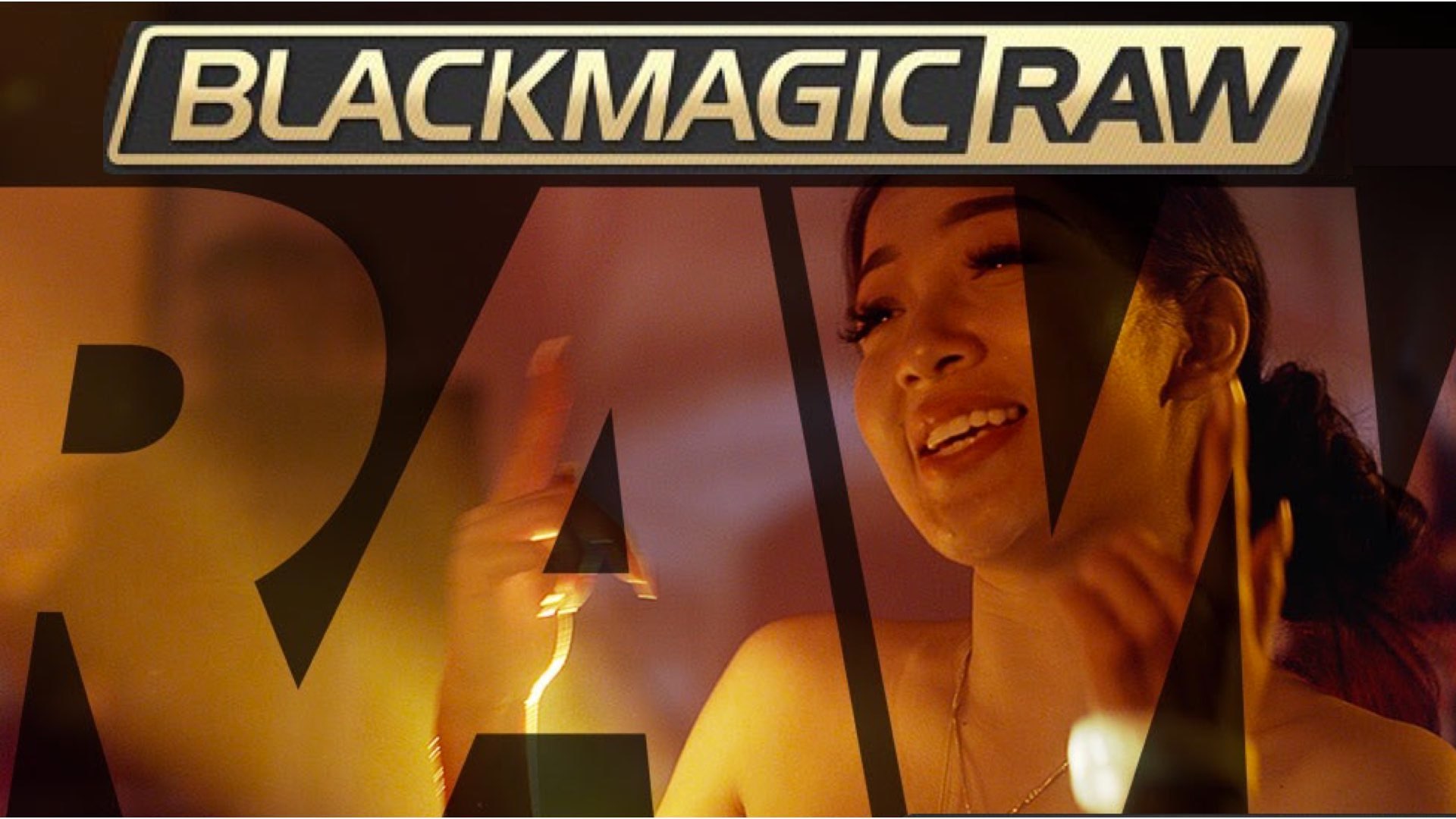
Contrary to its big brother (CinemaDNG), the BRAW can be used from acquisition throughout post-production for editing and color grading, all from a single file.
Blackmagic RAW has been in development for years and it’s recognized as a next-generation codec that features multiple new technologies such as an advanced demosaic algorithm, extensive metadata support, highly optimized GPU and CPU accelerated processing and more. The codec was presented by Blackmagic in 2018. Contrary to its big brother (CinemaDNG), the BRAW can be used from acquisition throughout post-production for editing and color grading, all from a single file.
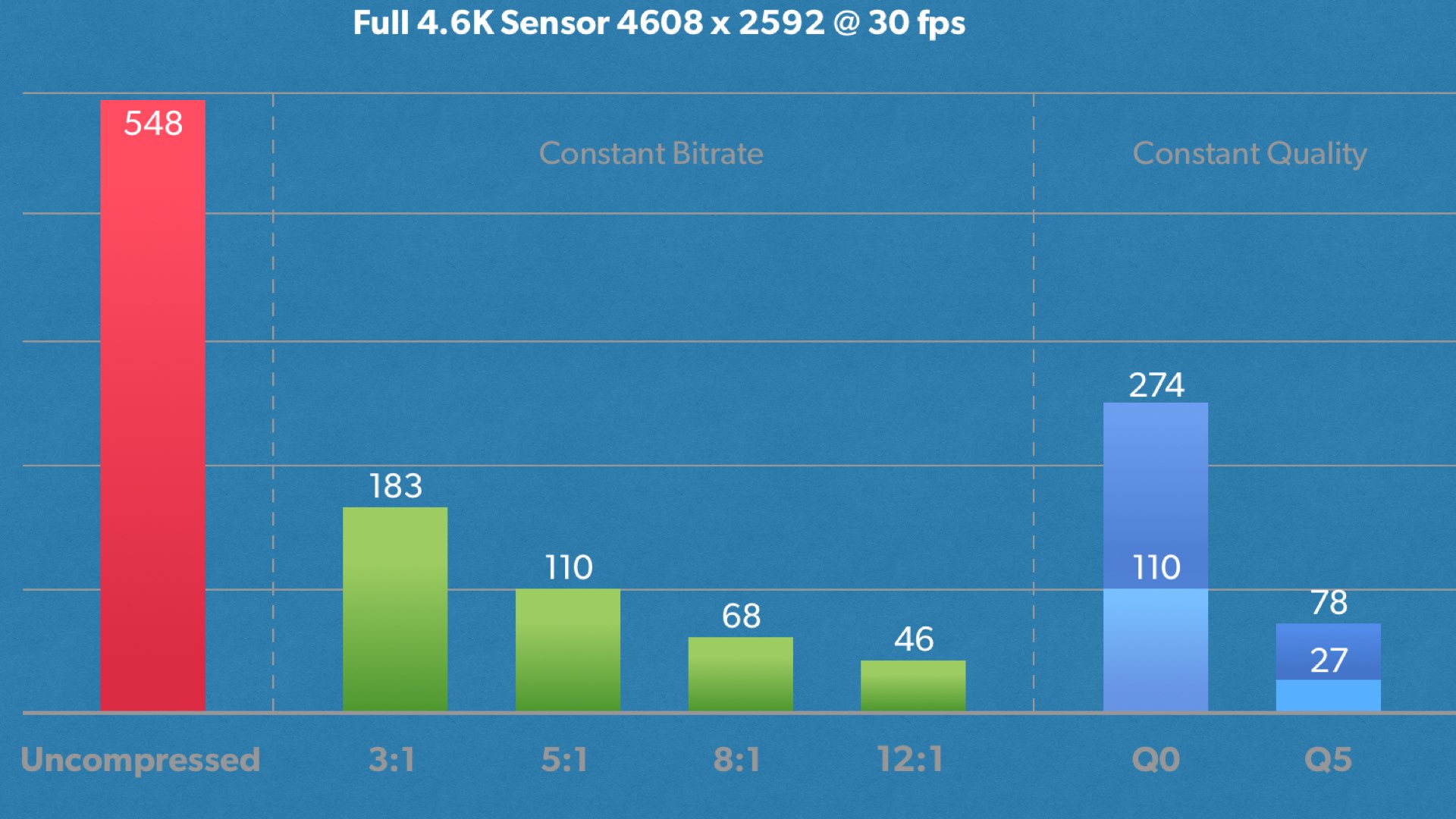
2019: Blackmagic Design removes CinemaDNG from its cinema camera line
Why did Blackmagic Design remove its most ubiquitous codec?
According to Blackmagic Design CEO, Grant Petty, the removal of CinemaDNG was performed due to patent infringement claimed by other company. There is no info regarding this “other company”. Petty said that analyzing the claim could be very complex and expensive (legally and technically) and thus they have decided to remove CinemaDNG in a total and replace it with the new and much more effective BRAW.
CinemaDNG as an obsolete format
Petty says that the CinemaDNG is obsolete compared to the new BRAW that was not supported very well by most applications. Petty also claimed that CinemaDNG provides non-accurate data colors when compression is more than 1:4 that can lead to inaccurate color science. Furthermore, the CinemaDNG is a high consumption CPU codec, compared to BRAW that is much more CPU-GPU friendly.
The benefits of BRAW compared to CinemaDNG:
- More accurate color data
- Lower CPU consumption
- Video files (not stills frames): much more post-production-friendly
- Applications (NLE) support
- SDK – future improvements and utilization of the codec
- Blackmagic Design home-codec: Much more control regarding patents and development cycles
- Record straight to SD cards
Did Adobe demand the removal of CinemaDNG from Blackmagic cameras?
Final thoughts
First, it will be interesting to explore more about patent infringement regarding CinemaDNG. Which company claims for patent infringement? The codec is license free therefore how is it possible to get infringed? Did Adobe demand the removal of CinemaDNG from Blackmagic cameras?
Also what’s next? According to Blackmagic Design, there will be no BRAW support in the URSA Mini. As stated by Blackmagic in regard to user’s question: “Blackmagic RAW will be made available on the URSA Mini Pro and shortly after, the Pocket Cinema Camera 4K. There are no current plans for Blackmagic RAW support on other past camera models but we will be more than happy to log this as a feature request”.
This statement means that the old model of Blackmagic’s cinema camera line will be left behind.
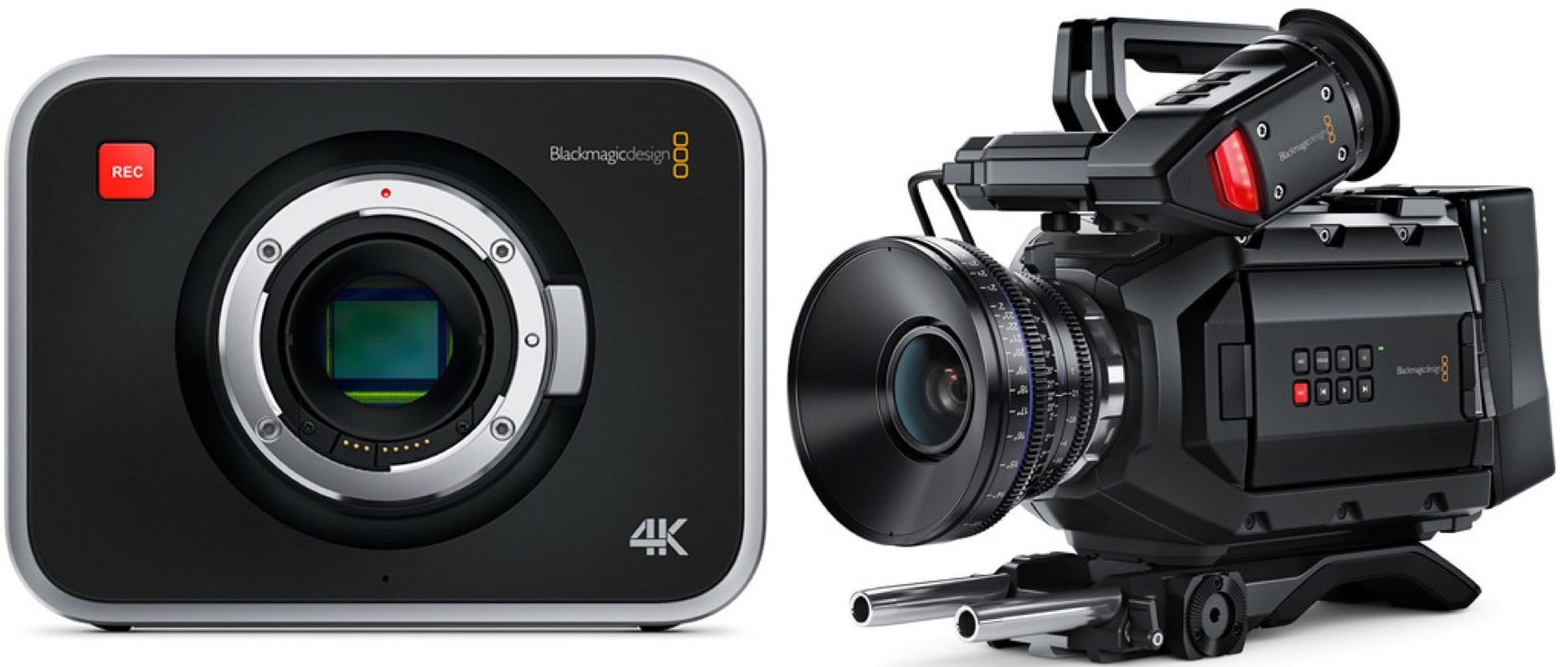
There are no current plans for Blackmagic RAW support on other past camera models.


The Chart: From DNG to BRAW – Year chart
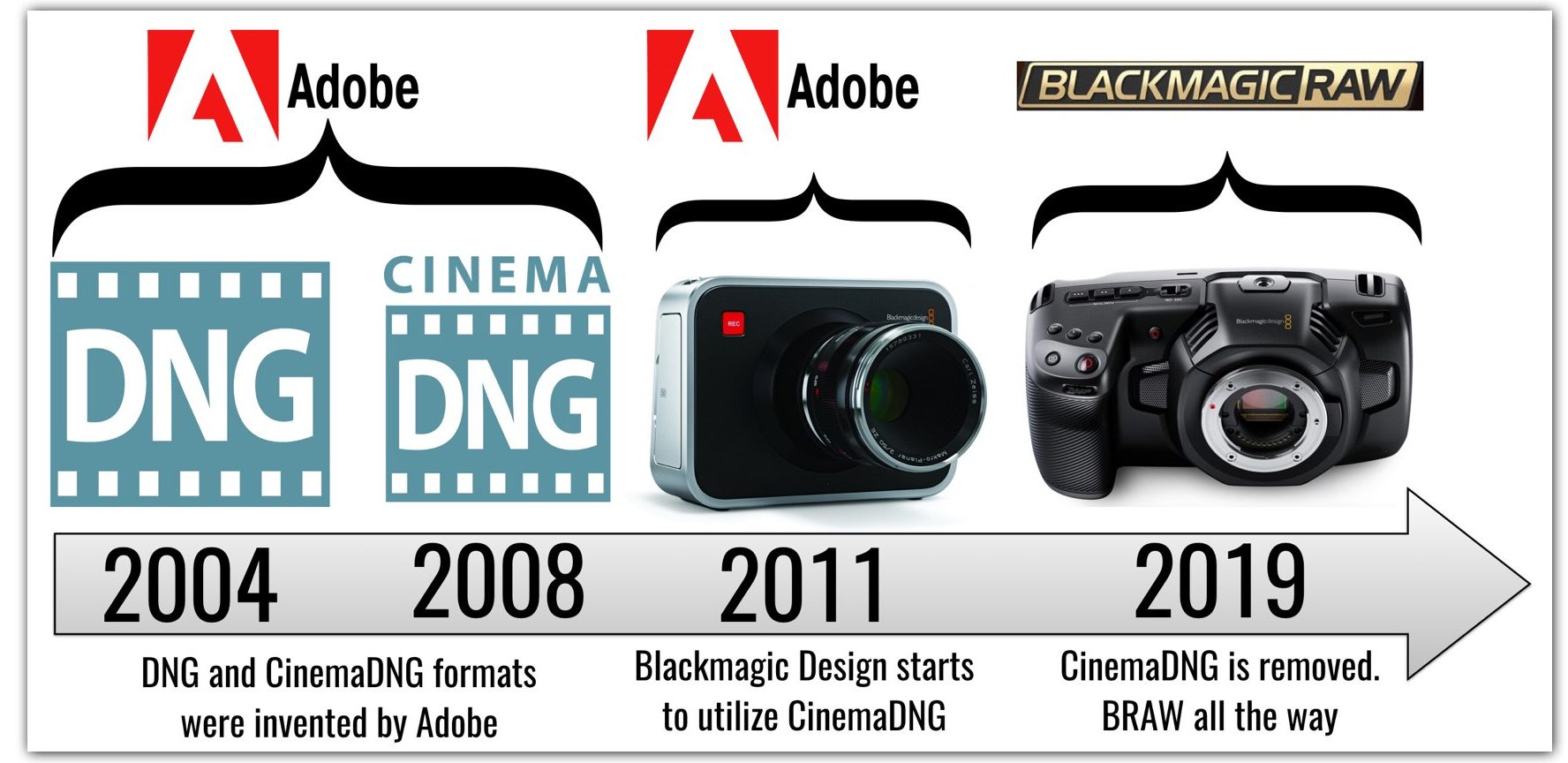
Are you a URSA Mini/ Blackmagic Design Production Camera user? What’s your opinion regarding the limited BRAW support? Let’s know your thoughts.

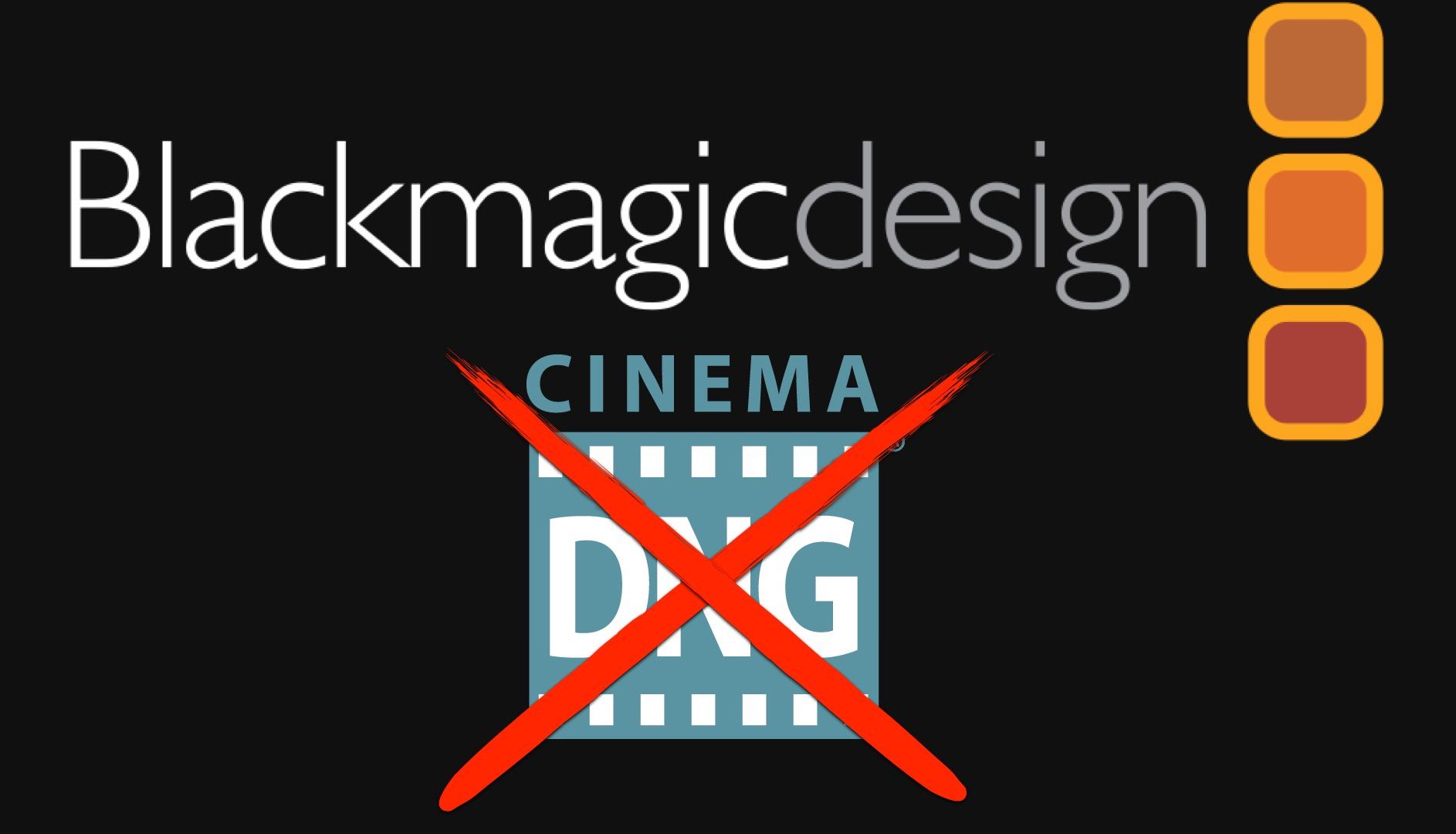

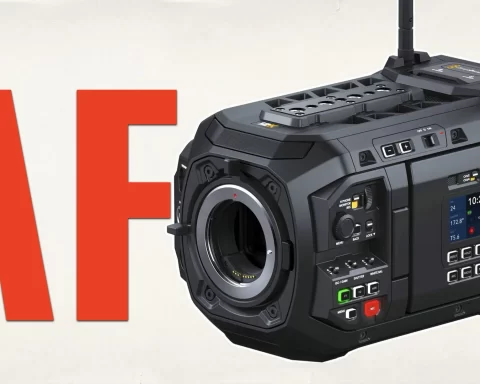


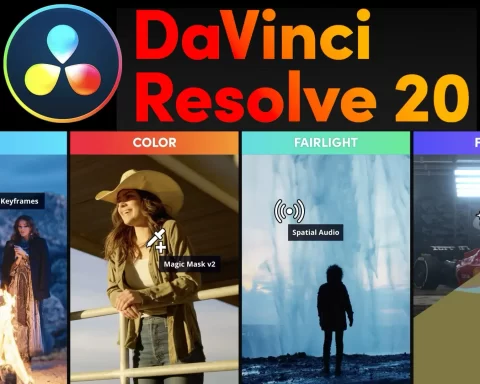
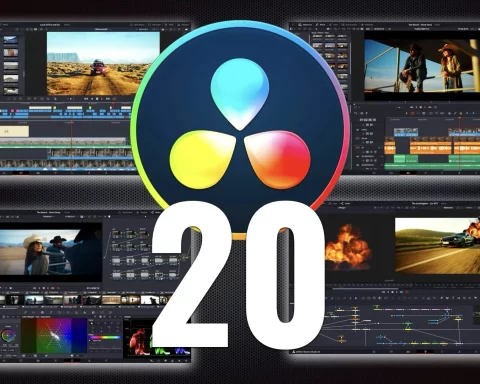

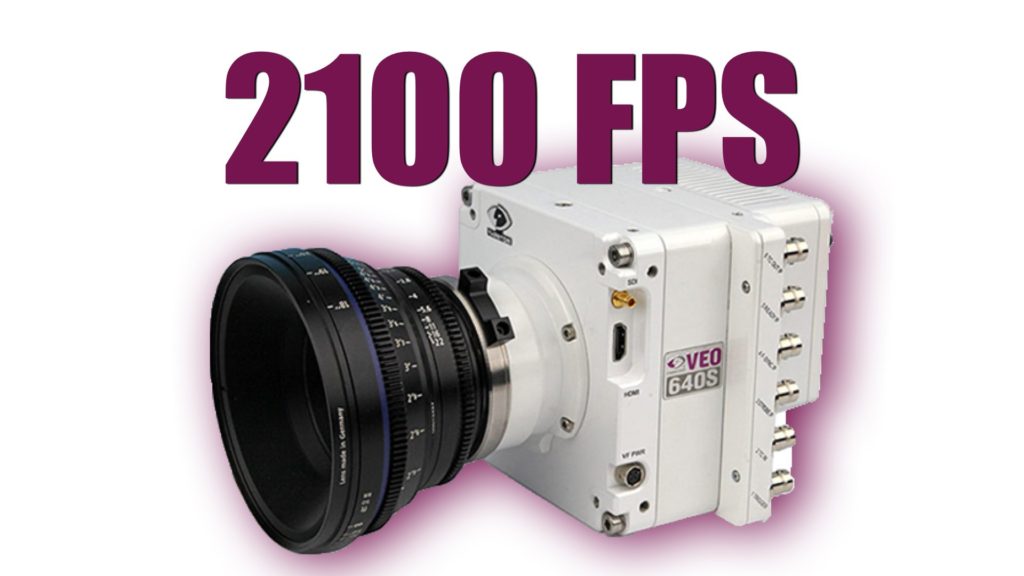
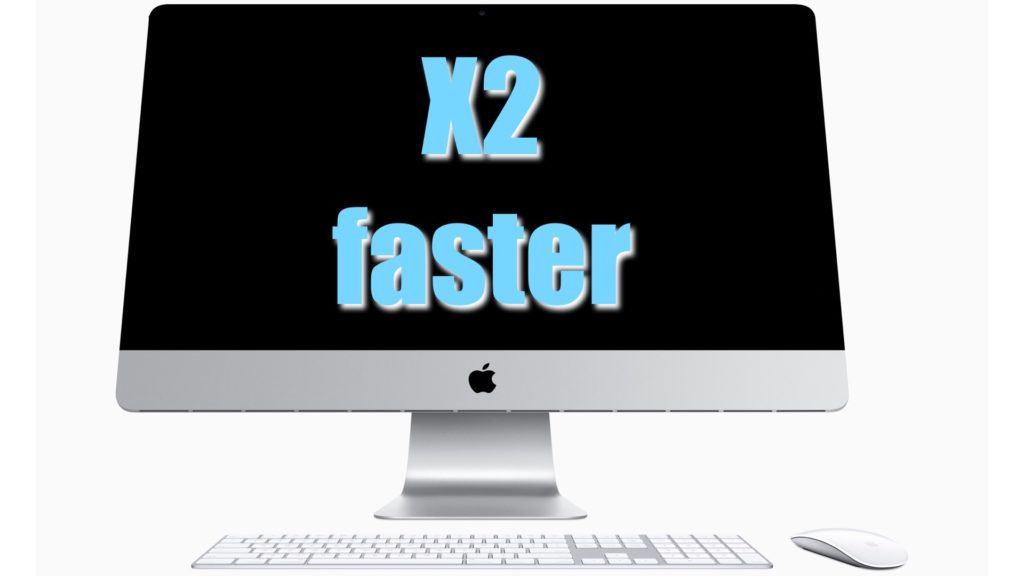






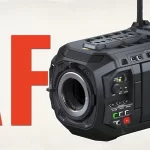
You must be joking if you think cinemaDNG is obsolete. CNDG is 1000x better than BRAW. BRAW is a glorified .mov files. Such a shame. I feel scammed by black magic.
Why is that? Why/where did to reach to such a conclusion?
Braw is good for easy workflows and smaller files , thats ok. Still u dont have all the details from DNG, its
perceptually good, whe do mostly vfx, try to made a PERFECT , not good or quite good or ‘ i have keyed 4:2:0 HDV footage beautyfully bul****t ‘ as many ppl keep saying, just chroma key dng frames and Braw, even Q0, exactly same setup, professional one , perfect lit background etc. The chroma subsample is atrocious , it mix red and blue on the edges in an horrible way , keyed out 6k BRaw Q0 with not even decent results for hours customers needs, so DNG have is place. Hollywood production dont shoot vfx on Braw or Prores or else not even 4:4:4:4 they use dng for obvious reasons wich many try to ignore. Tehy took away the chance t have low cost dng cameras fro vfx. Thats it.
It looks like this was a RED patent to do with internal recording of compressed RAW.
From my experiences I can say .BRAW files are much easier to work with over CinemaDNG. With that said I still have and plan to keep CinemaDNG on my Ursa Mini Pro. Open source matters. Being able to capture in a license free format in a world of propriety fiefdoms should not be taken for granted.
Interesting article, and thanks for it. However CinemaDNG is far from being obsolete. Compared to CinemaDNG, BRAW is of course easier to use, but to be honest: it‘s 2021 and BRAW is still far away from CinemaDNG Quality.
Add to this that CinemaDNG allows for extra content for clients, in form of Stills out of the CinemaDNG folders which copied to a working folder can be processed in Lightroom and Adobe PS ACR. Basically, a beautiful CinemaDNG Sequence often offers beautiful Stills Moments and Frames. Great, that these can be worked and exported to meet Client demands.
Cheers